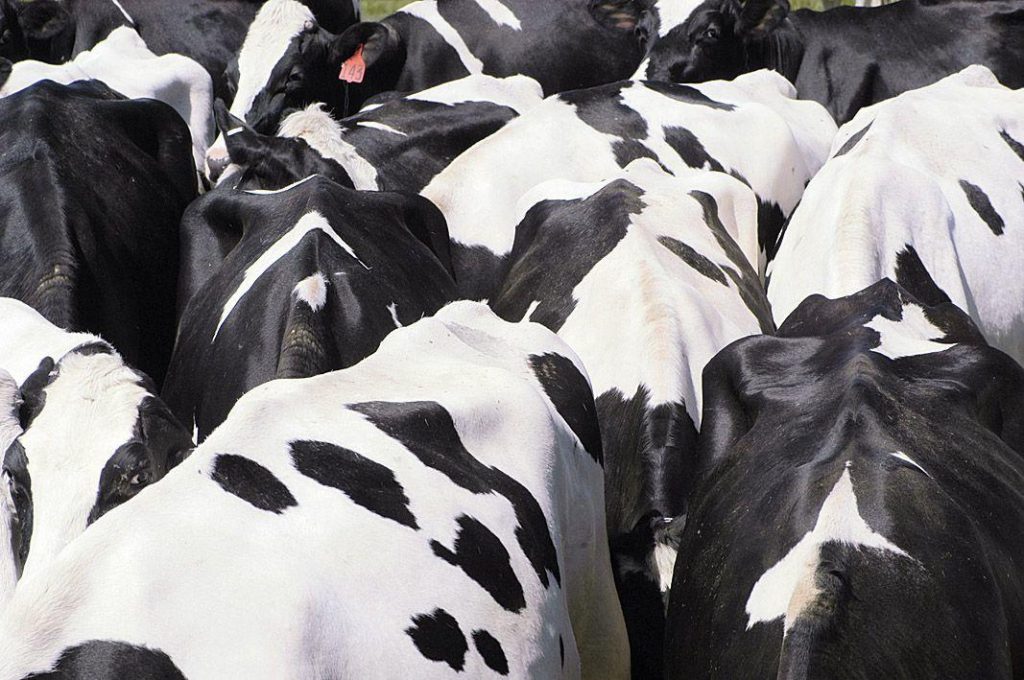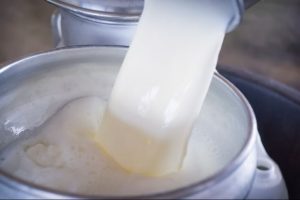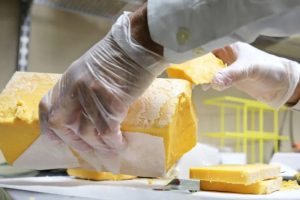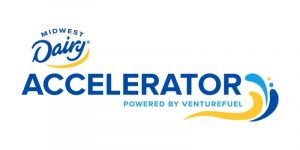
Negative PPDs — producer price differentials — have consumed the industry’s collective psyche for months, but they don’t necessarily mean producers are losing money.
Peter Vitaliano, chief economist with the National Milk Producers Federation, tackled the confusing issue during the NMPF 2020 Virtual Town Hall.
Over the past few years, the price of Class I milk for fluid consumption has stayed well above those of manufacturing milk. The COVID-19 pandemic initially brought big decreases in demand and prices for Class III and Class IV, followed by a big recovery in Class III — primarily due to a second round of government purchases of cheese, he said.
The Class III price rose well above the Class I price and the Class IV price, resulting in negative PPDs, he said.
“This happens basically when one of the manufacturing prices, in this case Class III, has significantly exceeded the price of the other classes,” he said.
Negative PPD is a calculation that results from federal orders that incorporate component pricing — based on butterfat, protein, non-fat solids and other solids. All milk pooled in such orders is paid the Class III price for components, he said.
Seven of the 11 federal orders pay producers based on their milk components, rather than a weighted average based on the four class prices. Usually, the pool has more money in it than the total Class III component payments, resulting in a positive PPD, he told Capital Press.
“When the Class III price and component prices are well above the others (classes), paying for all milk pooled at the Class III price involves more money than is in the pool,” he said.
When that happens, to keep that pool balanced, handlers have to take away a producer’s price differential from the Class III payments. That gives the negative PPD, and it looks “ugly” on a milk check, he said.
“A negative PPD looks like producers are losing money, but it’s just an arithmetical way of showing a uniform price in a component pricing order,” he told Capital Press.
“But what really causes issues in negative PPD situations is the depooling of that higher class-price milk, in this case Class III, because pooling is only required in federal orders for Class I,” he said.
Negative PPDs involve actual losses when Class III is depooled because it’s worth more than the uniform price. Money is not necessarily lost to producers in total when higher valued milk is depooled, but it is redistributed, he said.
Producers whose milk is not pooled as Class III will get a lower price because the average value of the milk remaining in the pool is lower. But if the Class III milk is depooled by a cooperative that makes cheese, its producers will get a higher price because their cooperative has not had to share its higher valued milk with other producers in the order.
Non-cooperative cheese manufacturers that depool will also often pay a higher price for competitive reasons, he said.
PPDs have been negative since June, and will likely continue through the rest of the year, he said.
























